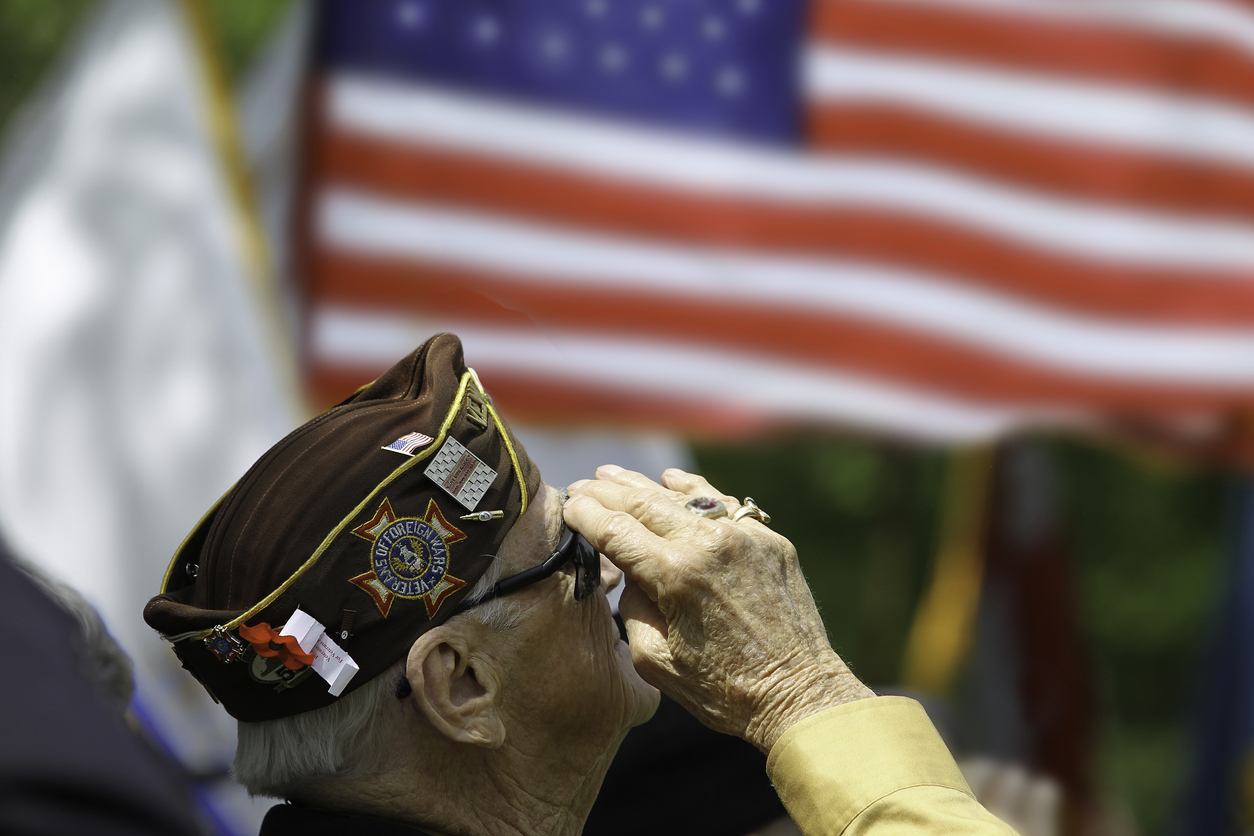
Almost everyone recognizes the words “A day that will live in infamy,” spoken by Franklin D. Roosevelt on December 8, 1941, in response to the previous day’s attack. But how much do we know about what really happened?
In the 1930s, Japan was looking to improve its economic problems by expanding into neighboring territories and taking over their import markets (History.com). The United States, at the time an ally to China, responded with economic sanctions and trade embargoes (History.com). Months of negotiations between the United States and Japan followed but to no avail.
American intelligence officials expected that if the Japanese were to attack, they would most likely do so in one of the European colonies in the South Pacific, so the Pearl Harbor naval facilities were relatively undefended and unprepared (History.com).
The attack began just before 8:00 AM on December 7. In less than two hours, 2,403 lives were lost, including over 1,100 service members aboard the U.S.S. Arizona which “was struck by several Japanese bombs and exploded in flames as it sank” (History.com “Photos and Facts). Nearly 20 American ships and over 300 airplanes were significantly damaged or destroyed (History.com).
We owe our gratitude to those who proved their valor, many of whom gave the ultimate sacrifice that day.
Cook Third Class Doris “Dorie” Miller on the U.SS. West Virginia took over a 50-caliber Browning anti-aircraft machine gun, and though he lacked experience “with the weapon, managed to shoot down between four and six Japanese planes before being ordered to abandon ship” (History.com “Photos and Facts”)
Lt. John William Finn on the Naval Air Station, Kaneohe Bay, secured and manned a .50-caliber machine-gun in an exposed section of a parking ramp. Lt. Finn continued to man the gun in spite of receiving multiple painful wounds and was only persuaded to leave his post when specifically ordered to do so to seek medical attention (Worldwar2history “Congressional Medals of Honor”).
Ensign Francis C. Flaherty was aboard the U.S.S. Oklahoma when the order was given to abandon ship as it began to capsize. “Ens. Flaherty remained in a turret, holding a flashlight so the remainder of the turret crew could see to escape, thereby sacrificing his own life” (Worldwar2history “Congressional Medals of Honor”).
Chief Watertender Peter Tomich, onboard the U.S.S. Utah realized that the bombs and torpedoes were causing the ship to capsize. Tomich, “sacrificed his life to prevent the boilers from exploding, enabling boiler room crews to escape” (Naval History and Heritage Command).
Waitte’s Insurance Agency is proud to recognize the sacrifice of all who have served as well as those who continue to serve our country.
History.com "Photos and Facts"
National Pearl Harbor Remembrance Day
